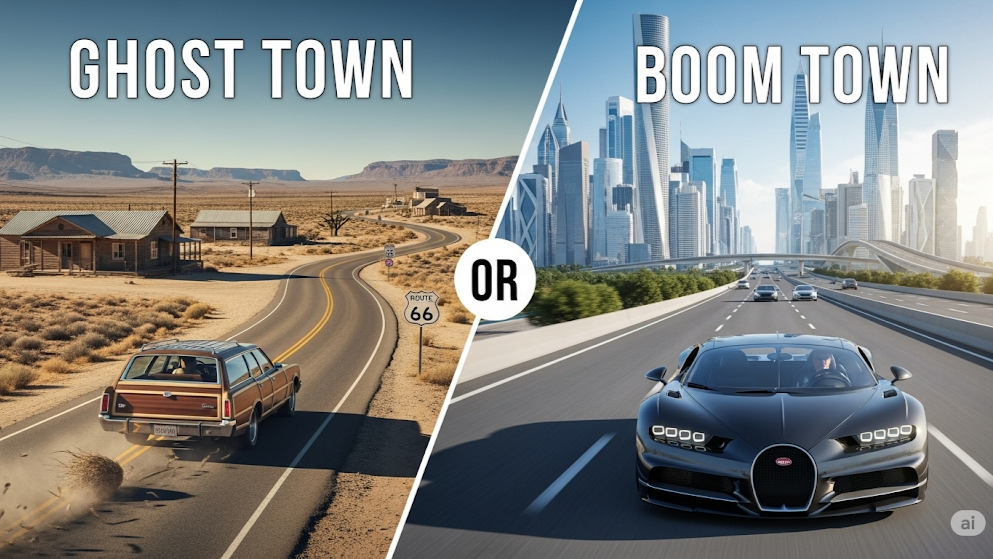1. A Fork in the Federal Cyber-Highway System
In a previous article, "The Future of Five," we explored a foundational challenge facing the federal cloud ecosystem: "The RMF Disconnect: Are Agencies Being Left Behind?". The discussion of how deeply embedded agency processes would struggle to adapt to FedRAMP 20x resonated profoundly within the federal cybersecurity community. Since then, that disconnect has been supercharged by a powerful new catalyst. President Trump's "Winning the AI Race" action plan has dropped a blueprint on the federal landscape, not for a new policy, but for a new kind of digital infrastructure.
2. The FedRAMP 20x Supercar Hits the IA Autobahn
FedRAMP 20x is no longer a theoretical concept; the first supercars are officially on the road. On July 25, 2025, the FedRAMP PMO authorized the first cohort of Low-Impact FedRAMP 20x services. Their successful authorization proves the 20x prototype is outperforming expectations, yet it also highlights that a supercar needs the AI Autobahn to truly perform at scale.
3. Historic Route 66 (The Slow Lane)
Historic Route 66 is the scenic route of federal compliance. As the embodiment of the NIST RMF, it's the road that the vast majority of existing cloud services, driving their Rev 5 station wagons, call home. It's comfortable, well-understood, and deeply embedded.
4. The Congestion at the Connector Ramps
The most dangerous part of any two-speed highway system is where the traffic merges. In the FedRAMP ecosystem, this critical point of failure occurs at the connector ramps, where a FedRAMP 20x supercar needs to inherit services from a Rev 5 station wagon. This creates a "Hybrid Inheritance Tax." The burden then falls to the leveraging agency to request and reconcile the separate IaaS security package, adding a significant layer of complexity to their risk assessment and ConMon processes.
5. The End of Route 66: Unification by Attrition and Edict
A two-highway system is ultimately unsustainable. Market forces will drive the initial shift. As federal dollars and demand gravitate toward the AI Autobahn, services that remain on Historic Route 66 will see their federal customer base erode. I suspect the final unification will be forced, justified by the "planned obsolescence effect"—the unavoidable reality that the rigid, manual structures of the Rev 5 authorization path are incompatible with modern, automated security.
Conclusion: Choose Your Lane
The federal cloud ecosystem has arrived at a definitive fork in the road. The critical question for every Cloud Service Provider and federal agency is no longer if they will have to merge onto the new superhighway, but when. Navigating this transition requires a clear-eyed strategy, proactive engagement, and a decision: will you lead the pack in the fast lane, or risk being left behind in an RMF ghost town?

